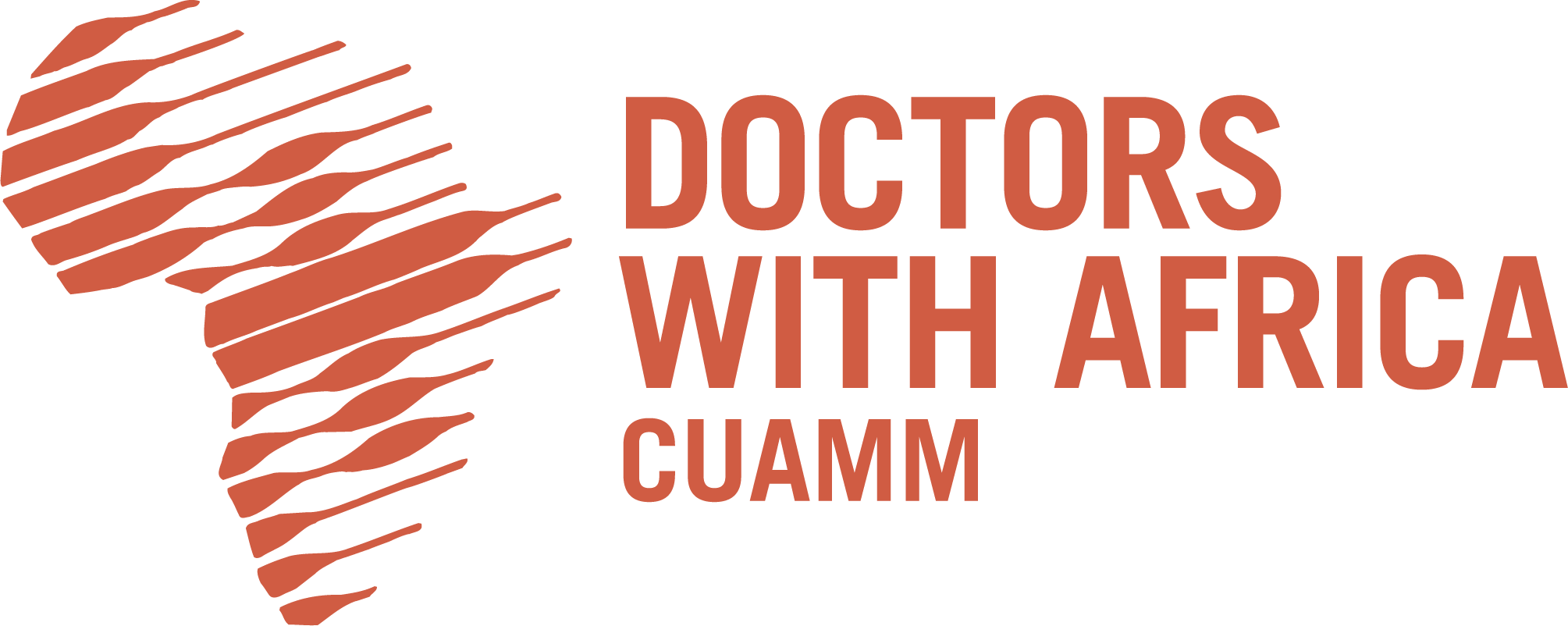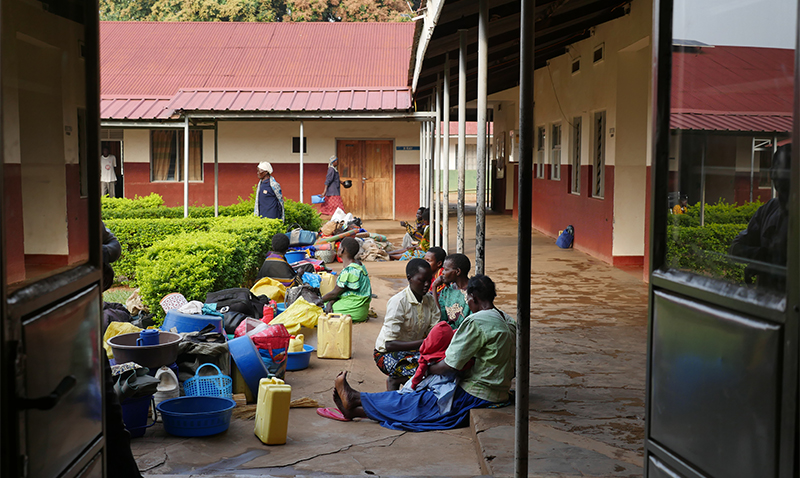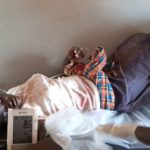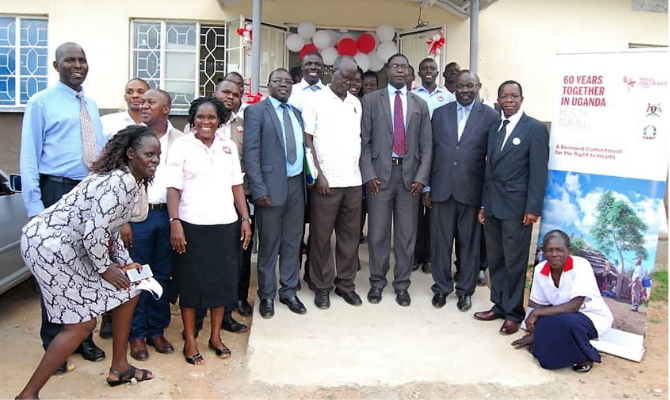Behind the maternal and child health intervention that CUAMM carries out in the field, there are thousands of stories of women facing obstetric complications and risking their lives due to the limits of the local health systems in offering first aid in emergencies.
Nevertheless, thanks to the trained staff working in the facilities, we can tell many though stories but with an happy ending.
Among them, there’s the story of Atim Kevin, a young girl coming from Ajaka C village, in Oyam district. She got pregnant when she was 18 years old, while she was still attending primary five. For this reason, she dropped out of school before completing.
Atim seemed to have no choice and the situation got even worse when her 16-year-old unemployed boyfriend left her because he wasn’t able to assume his responsibilities and taking care of Atim and their baby coming. Therefore, Atim decided to go live with her father-in-law who turned out to be a drunkard and careless of her health, leading her to perform an illegal abortion.
Unfortunately, she developed bleeding and abdominal pain due to a retained placenta which is a complication related to abortion. She went to Acut Health Center II, along with her neighbor, looking for post abortion care. Since that facility couldn’t offer appropriate related services, the midwife referred Atim and her neighbor to the next level of care system, the Anyeke Health Center IV. However, Atim decided to return home without notice because she couldn’t afford to stay in a health unit far away from home.
On the 24th of March 2020, Atim was taken in shock, with her clothes soiled with blood, to Ngai HCIII by motorcycle. Fortunately, during her arrival, a competent midwife was on service. She had just under gone an on-job mentorship on obstetric complications, particularly on the management of bleeding after birth, a training carried out by Annet, a maternal and neonatal health officer and a midwife mentor within the CUAMM programme “Mothers and Children First. 1,000 Days”. Together with the facility midwife, a quick assessment was performed which revealed that Atim had a septic retained placenta and she was severely anemic. Her blood pressure was very low, her heart beat very fast, and so she was confused and sweating profusely.
The team intervened quickly, taking care of her using all the necessary to tackle the situation. An ambulance supported by CUAMM was quickly activated and within an hour Atim was referred to Aber hospital where she was transfused.
Atim was discharged from the hospital 3 days later and then she was followed up at facility and community level with support of the CUAMM’s social worker, Village Health Team (VHT) and facility midwife.
“I am so grateful to CUAMM for saving me. The midwives saved my life. Thank you! The transport by ambulance gave me the chance to survive. I was scared that I would die but I am alive today. With you I feel I have someone by my side” Atim narrates.
Maternal mortality and access to reproductive health services and obstetric emergencies are among the main proxies of the level of social inequality between developed and less developed countries and, within each country, between rich and poor. This is why it is essential to ensure high-quality and 24-hour obstetric services, including the constant availability of skilled human resources, medicines and equipment, transport and communications linking families and communities with the peripheral health network and the hospital, according to “the continuum of care” approach.








